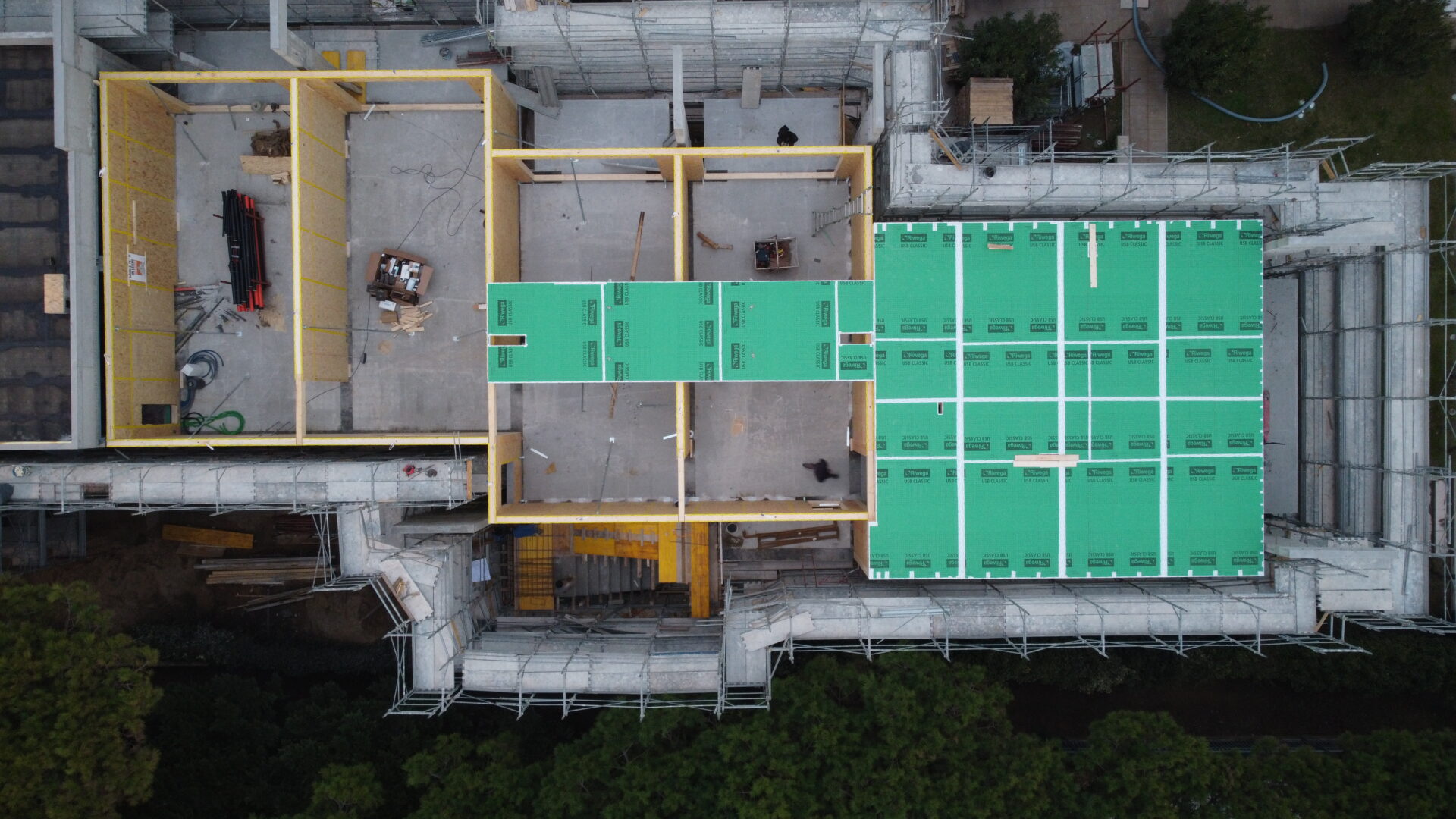Wood construction is increasingly being recognized as the architectural choice of the future, with its positive impact on the environment, sustainability, and its ability to address the growing challenge of labor shortages. Let’s take a closer look at the main reasons for this transformation and how wood construction addresses key industry challenges.
Environmental Sustainability and Carbon Footprint Reduction
The use of wood as a construction material is a step towards environmental sustainability. Wood is renewable and biodegradable, unlike other materials such as concrete and steel. Wood production also requires less energy, helping to reduce the overall environmental impact of buildings.
A particularly important aspect is wood’s ability to capture carbon. Trees used to produce wood absorb carbon dioxide during their growth, thus helping to mitigate the greenhouse effect and reduce carbon emissions into the atmosphere.
Lightweight, Strength, and Safety
The lightweight and strength of wood make it ideal for various types of construction, including those with high seismic resistance. The use of wood not only ensures a robust structure but also contributes to making buildings safer in the event of seismic events.
Energy Efficiency and Thermal Insulation
Thanks to its superior thermal insulation properties, wood contributes to making buildings more energy-efficient. This translates to lower heating and cooling costs, contributing to a more sustainable environment and a reduced energy bill.
Construction Speed and Prefabricated Solutions
One of the keys to the success of wood construction is its construction speed. Prefabrication of components in the factory reduces dependence on intensive on-site labor. On-site assembly is fast, leading to shorter construction times.
Addressing Labor Shortages with Innovation
The labor shortage in the construction industry is a growing challenge. Wood construction addresses this issue by using innovative technologies such as prefabrication, ease of transportation, and the adoption of methodologies that require less specialized skills. This not only speeds up the learning process but also reduces dependence on highly specialized labor.
In conclusion, wood construction emerges as a comprehensive solution, embracing environmental sustainability, energy efficiency, and innovation to address the challenges of the construction industry. Looking to the future, wood construction positions itself as a key element in building healthier, more efficient, and ecologically friendly living spaces.
